Minimizing Conflict with Venomous Snakes Traditional Cache
Minimizing Conflict with Venomous Snakes
-
Difficulty:
-

-
Terrain:
-

Size:  (small)
(small)
Please note Use of geocaching.com services is subject to the terms and conditions
in our disclaimer.
This cache was placed to celebrate the 500th anniversary of exploration & history in Florida on June 8th & 9th.
Viva Florida 500 at Paynes Prairie Preserve: Event GC48857
You are looking for a cammo screw top container.
Minimizing Conflict with Venomous Snakes
“A land ethic of course cannot prevent the alteration, management, and use of these resources, but it does affirm their right to continued existence, and, at the least in spots, their continued existence in a natural state.” -Aldo Leopold
Venomous snakes in Florida: the coral snake, copperhead, cottonmouth, eastern diamondback rattlesnake, pigmy rattlesnake, and canebrake rattlesnake. These snakes play an important role in the environment. They are among the top predators in the habitats where they may be found, influencing populations of rodents and other mammals. Pests such as rats and mice, which have the potential to spread disease and damage crop and stores of food, can be eaten at a rate of 20-30 a year by a single snake. Some species of venomous snakes are unique to the Southeast. The eastern diamondback is the largest species of rattlesnake in the world and it is known primarily from 5 southeastern states, plus southern North Carolina and eastern Louisiana. If it disappears from the regions, it disappears from the world.
Each year about 8,000 people in the United States are bitten by venomous snakes. However, between 1960 and 1990, no more than 12 people died in a single years from these bites. If you are bitten, stay calm and obtain immediate professional medical attention. Keep in mind there are many myths regarding how to treat a snake bite.
Killing venomous snakes is dangerous. In most cases, if you’re close enough to kill the snake, you’re close enough to be bitten. Be conscientious of where snakes might be. Most snakes will feel exposed and vulnerable in open areas and avoid them. There are more likely to be seen in brushy and woody areas. When you see snakes in their natural setting, please respect their role in the environment and observe from a safe distance. The most important guideline is to keep your distance and don’t put your hands or feet where you can’t see them. A snake that is not being harassed is not likely to bite you. Most venomous snake bites occur when a person is attempting to capture or kill a snake. Think before you attempt to handle or disturb a venomous snake. A bite can be dangerous and costly. Watch your step. Are you in habitats that snakes may prefer? Don’t wear sandals. Leather boots are appropriate, and snake chaps provide additional protection.
Educate. Teach children how to identify and avoid venomous snakes. Pay particular attention to the pattern and coloration of the various species as well as the triangular shaped head that rattlesnakes possess. Remember that the venomous coral snake looks unique. The coral snake does not have a triangular head but has red, yellow and black bands with the red and yellow bands touching. Make sure children understand that it is not safe to handle snakes if you cannot positively identify it.
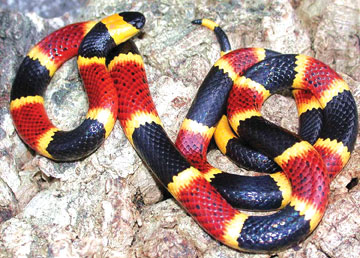
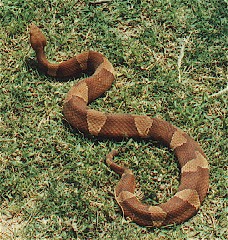
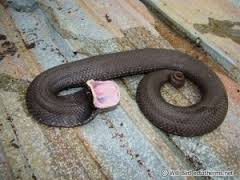
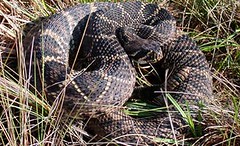
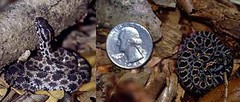
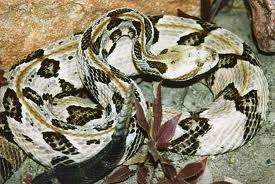
Thank You to Prairie Cachers & stejenwell for hosting this event.
Special Thanks to amtg, Call me dainty, CWagoner, CYAO, doggymama, Joshtrecker81, mintmoonpi, Obilon, Tango of TCE, & wobegon crew
Additional Hints
(No hints available.)